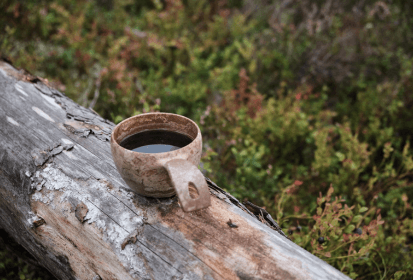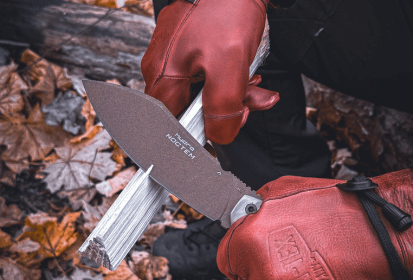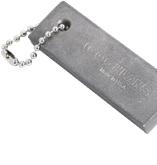The matches are not that old invention, however, still one of the most used for starting a fire. Each of us has probably used them before. How do they work ? And what are the types ?
The first people used to start a fire by using two sticks, or a stick and a piece of wood. They used friction until they got sufficiently high temperature. With the help of some tinder and blowing they were able to start a fire. Later on, two stones used as a fire starter meant some progress. The matches came afterwards. Maybe we would be surprised how old the matches are. The book from 950 AD (telling about the Chinese dynasty)already mention aids for igniting of outdoor lamps. It was supposed to be a piece of wood at one end with sulfur. This end was inserted into the fire and then ignited. Those were the beginnings of the first matches. How does it work nowadays ?
Now and then
For the next nearly a thousand years, the best brains of the world have tried to modernize it so it would ignite even without the presence of another fire. This was achieved in 1848 by professor of chemistry Rudolf Boettger from Frankfurt. However, there was no interest in the invention in Germany, so he sold it to Sweden. As for the shape, the previous match did not differ much from the today´s version. It was a long piece of wood with an incendiary mixture at its end. However, this mixture was mostly white phosphorus or phosphorus sulphide. For striking, you could therefore use almost anything hard and coarse which was an advantage - except for white phosphorus itself. Its toxicity and frequent poisoning of workers in factories led to a ban on this production. Today's incendiary mixture contains potassium chlorine, sulfide antimonate, sulfur, dye and glass powder. Glass powder ? Yes, it gives the necessary roughness of the surface. To ignite, we need a counterpart, which is on the side of the matchbox. This counterpart consists of red phosphorus, antimony sulfide, etc. A match can be ignited by rubbing its head chemical against the side chemical on the matchbox. Red phosphorus in the side chemical and potassium chlorate in the head chemical bring about a chemical reaction which creates temperature from 200 to 1000 degrees Celsius, which is enough for igniting. The wooden splint is impregnated with paraffin that facilitates burning. An ideal helper, right ? But what if the matches get wet ?
Dampness is resolved
The biggest enemy of the matches is wetness. It is quite ok with the wooden splint, but if the matchbox or head of the match get wet, then we have a problem. That is why the standard matches are not really used for survival activites. Unless we would have them in some waterproof case, but even that is not 100 % safe. Fortunately, there are matches that can use almost any coarse surface as a counterpart. For example a wall, stone, etc. It is a bit of a "back to the original matches", but without dangerous phosphorus. This means we no longer need the matchbox. Until the match itself gets wet or strong wind arrives...Those are not good conditions for standard matches.
Wind and water ? No problem...
For such situations, a special weatherproof matches has been invented. Compared to standard matches these have extra long heads (almost ¾ of the entire length). These give them great properties and they will handle even strong wind. Such matches are great for survival. So when making a selection, think about their use. For normal (at home) situations, standard matches will be fine, however, for outdoor activities we should opt for weatherproof matches. Either way, it is a safe and useful thing.



Waterproof Match Case MATCHCAP XL™ Exotac®
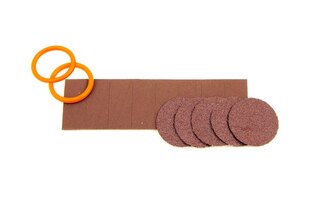
MATCHCAP™ Refill Kit Exotac®

Cowboy Mil‑Tec® Matches
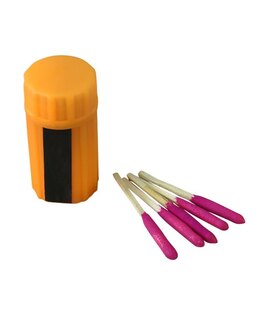
Matches Windproof Kombat UK®

Windproof Matches Mil‑Tec®
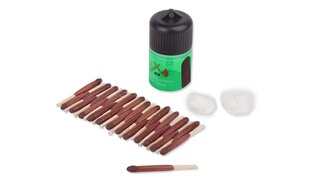

BCB® Waterproof ‑ Windproof matches in tube

Long‑Burn Matches UCO®

Stormproof Match Kit UCO®


Waterproof Matches BCB® in plastic container

MATCHCAP XL™ Reffill Kit Exotac®

Kombat UK® Waterproof Matches, 4 pcs


BCB® Waterproof matches

Mini Fire Starting Kit UCO®

Strikable Fire Starter SweetFire UCO®

Titan Stormproof Match Kit UCO®

Stormproof Matches UCO®
